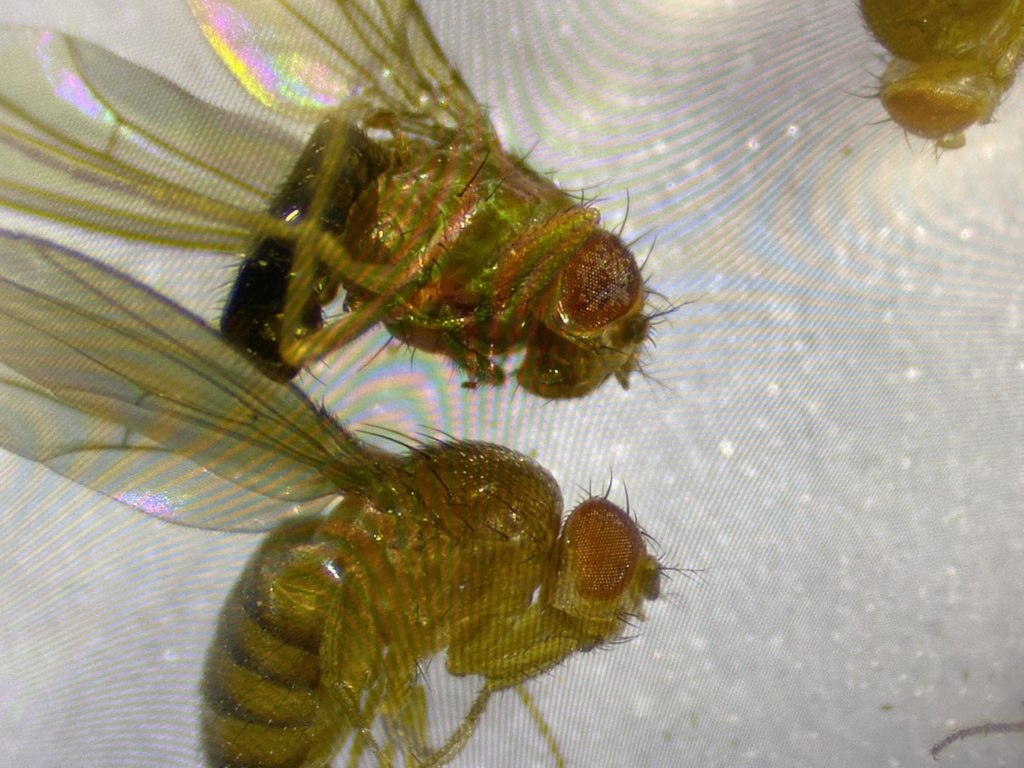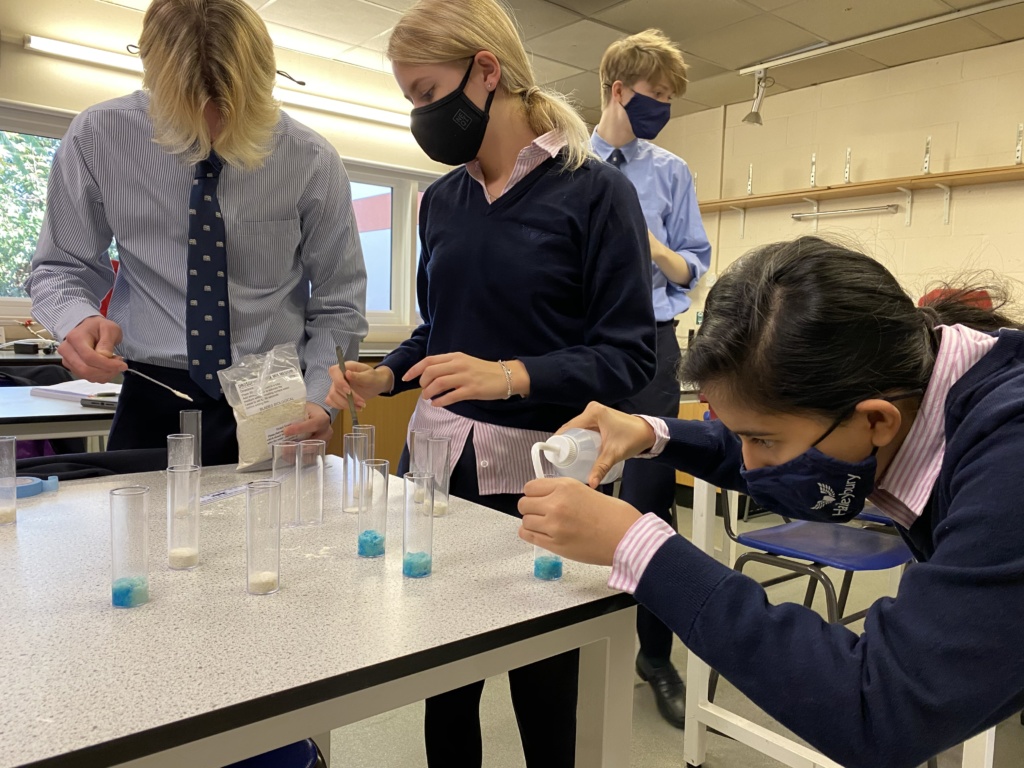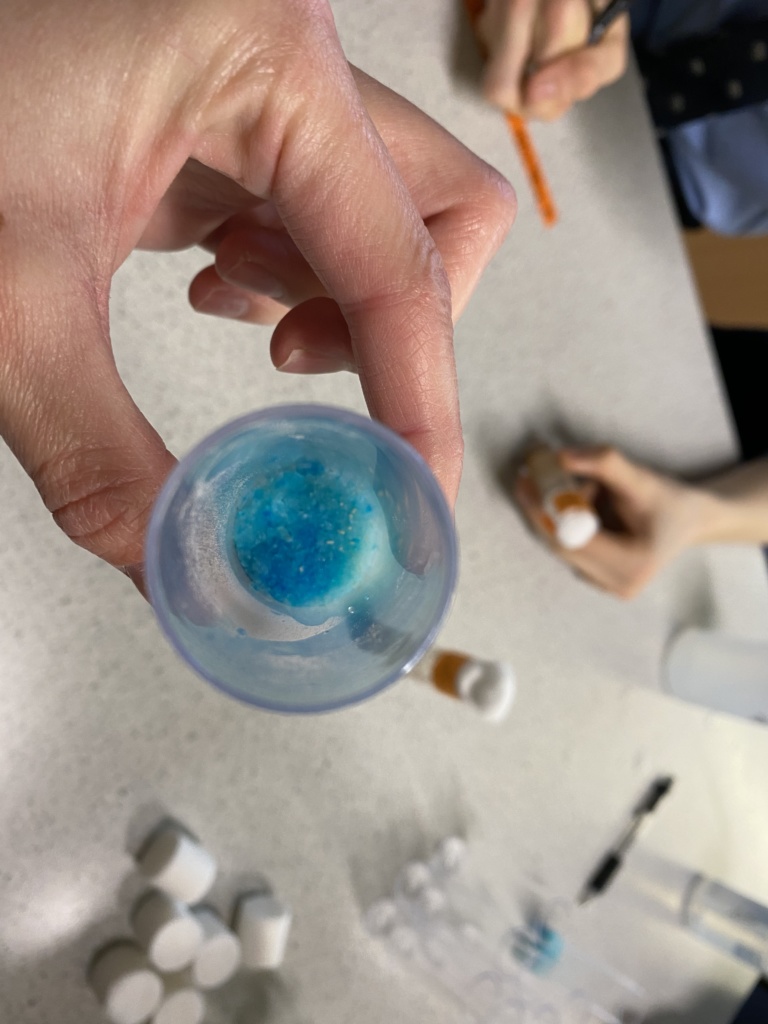
Stretch our students, whatever year they are in, beyond simply teaching them the content that they need to cover to do well exams, and beyond the curriculum. Stan-X provides that opportunity in science.
It is why we are so incredibly excited that 12 of our most talented scientists in Year 12 – those studying A levels and the International Baccalaureate – are now being taught undergraduate genetics through the Stan-X programme, working collaboratively with their own teachers and world-leading scientists at Stanford University, in California, and at the University of Oxford here in the United Kingdom.
It is giving them a deep academic experience, the kind that they would not usually encounter until university or perhaps even beyond, in terms of the level at which they need to operate, the time and commitment required, and the relevance to real-world, professional science.
The breadth and depth of the Stan-X programme are extraordinary and are preparing our students for the best undergraduate science courses available at the world’s leading universities.
Unscripted
Stan-X originated at Phillips Exeter Academy, in New Hampshire in the US, nine years ago, the brainchild of Stanford professor Seung Kim. Its uniqueness is that it is an open-ended science programme based on experimental biology – Seung specifically developed the programme to introduce students and their teachers to genuine, unscripted experimental and investigative science as opposed to the predictable experiments.
For practicals carried out in school laboratories across the world, often over a double lesson, one not only almost always know that the experiments will work, one knows the resolution. Stan-X introduces students to the excitement and uncertainty within science.
We at Haileybury are incredibly proud to be involved. The Master of Haileybury, Martin Collier, visited Lawrenceville School in New Jersey in the United States and saw the programme at what was then one of only 10 schools in the world where it is delivered. The visit led to us becoming the 11th, and the only one in Europe. All the participating schools are connected. Science is about being part of a team, and this is an international effort, which adds another layer for our students.
The work itself is a pioneering study of genetics using fruit flies being undertaken by our students, and those at the 10 other schools, alongside scientists at Stanford University and the University of Oxford, which is contributing to efforts to find cures for human diseases including pancreatic cancer and diabetes.
Professor Seung Kim, of Stanford University, said:
“The essence of science is discovery. But too often science is taught in a very general way. That’s why my colleagues and I developed a programme to allow them to do experiments and make discoveries in school.
“The Haileybury pupils will play an important role in this research but, perhaps most importantly, will experience the joy, mystery and anxiety of attempting to make a discovery at an earlier stage of their education than most school pupils.
“Very few school pupils get the chance to be involved in the planning, execution and interpretation of scientific experiments to which teachers and students don’t already know the answers – I am sure that the Haileybury team will find this work exhilarating. Our additional expectation is that the instructors will quickly achieve considerable autonomy, insuring the durability and flexibility of this experimental science programme.”

We started by creating a purpose-built laboratory specific for the programme and are using high-tech microscopes – of the same calibre used at Imperial College – to identify phenotypic markers in Drosophila melanogaster (otherwise known as fruit flies), such as curly wings, stubble hair or white eyes.
Fruit flies are considered a model organism, and humans and fruit flies share many mechanisms that are crucial for development and survival. The aim of the research is to use fruit flies to understand the genetic processes that drive human diseases, with the results obtained at Haileybury providing new tools and insights to a global community of researchers investigating diseases like diabetes and cancer.
Pupils work at Fly Stations, using a Fly Pad and a very fine paint brush to sort and file the flies who are put to sleep with carbon dioxide which is pumped into their chamber. A glow-in-the-dark protein helps establish where an injected chunk of DNA has ‘landed’.

The process involves a series of ‘crosses’ which act as checkpoints throughout the breeding programme. Pupils will experience the highs and lows of the science experiment, allowing them to see science in its purest form. The findings are then sent to Stanford University research associate Lutz Kockel to verify them.
Scientists around the world can call on the fruit fly library we are building, which is very exciting. By manipulating the fruit fly through a crossing or breeding programme, scientists can study gene expression both facially and temporally. We can locate genomes to specific cells and, when they get expressed.
Barriers
There are barriers to becoming a Stan-X school. First, the cost can be restrictive – the laboratory that we built cost £100,000 and each of the microscopes are £3,000. Secondly, the time that needs to be invested is significant. We are providing it as an academic enrichment option, delivered as a timetabled subject during lower sixth, with two teachers leading seven 40-minute lessons a week, but the time commitment is in fact even greater than that!
It’s a working laboratory so the students have to visit during their lunch breaks, before their timetabled lessons start, and generally in their spare time – they need to be here whenever their organisms need attention. Otherwise the flies die and their work will be lost.
But there is no question it is worth it, and we have already seen the huge value that Stan-X provides. We knew that our students would gain a enormous amount simply through the work itself. But the programme delivers beyond what happens solely in the laboratory and in the research, which is on its own considerable.
We are incredibly fortunate that Seung also delivers webinars to our students on papers he has authored, which is a very rare and special opportunity for students at sixth form stage. The combination of what the students are receiving in practicals, research and theory is what makes this such a deep learning experience.
In prior Stan-X partnerships, research findings co-authored by pupils and instructors have been published in peer-reviewed science journals, and presented at international meetings. Similar outcomes are anticipated from the Stan-X partnership with Haileybury.
Prestige
The programme has also elevated the status of the subject, and those who study it, at Haileybury. Students who are fine sports players get picked for the first teams; our best musicians play in concerts; our leading artists have their work displayed in public; those who excel in drama perform on stage.
So we have made being part of the Stan-X team similarly special – the 12 science students were selected after a rigorous application and interview process. They are linked to scientists at Stanford and Oxford, and there will be opportunities to visit those two universities. These facets give the programme, and those on it, a well-earned prestige. We will repeat the programme every year from now on, giving further students the same opportunity, and creating new lines of flies – the more flies the better for the study.
Our measure of success will be how many of our students win Oxbridge, Ivy League and Russell Group places to read science; and we are confident that when they go there, they will more than hold their own. We also have plans to establish an award for a Haileybury Stan-X Scholar to join a placement over the summer months at the University of Oxford or Stanford University.
The decision to select Haileybury to be a Stan-X school is a further sign not just of how we value science and technology but our strength in these subjects, something that will be supported further when a new research facility, called Scitech, opens. The centre will cater for subjects from astrophysics to biology and is due to open towards the end of 2022. It is an ambitious project, and ground-breaking, in that integral to the project will be a standalone facility for scientific and technological research.
Our involvement in Stan-X – the first of many advanced research projects that will be undertaken at Haileybury by our pupils over the course of the coming years – goes hand in hand with this. It is certainly very exciting indeed to be involved in a project that so significantly enhances our students’ scientific understanding, and deepens their knowledge to such an extent.
More information about Stan-X can be found here: https://www.stan-x.org/about-stan-x.
“The Haileybury pupils will play an important role in this research but, perhaps most importantly, will experience the joy, mystery and anxiety of attempting to make a discovery at an earlier stage of their education than most school pupils.
“Very few school pupils get the chance to be involved in the planning, execution and interpretation of scientific experiments to which teachers and students don’t already know the answers – I am sure that the Haileybury team will find this work exhilarating. Our additional expectation is that the instructors will quickly achieve considerable autonomy, insuring the durability and flexibility of this experimental science programme.”
Gareth Lewis is is Head of Biology, at Haileybury School
Register for free
No Credit Card required
- Register for free
- Free TeachingTimes Report every month